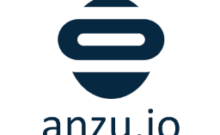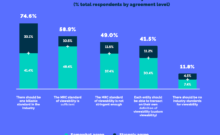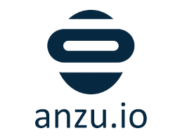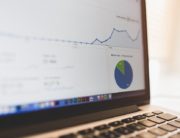Apple is the case study for mastering the cash conversion cycle. Last year, the company collected money from consumers 86 days before they paid their vendors. Because they’ve found a way to get paid before they have to pay, they are swimming in cash while their vendors wait patiently for payout.
Apple is a B2C company, but for most B2B companies, there is a lag to getting paid because their customers are businesses with an invoicing process. In digital while Facebook and Google wait the B2B average of about 30 days to get paid, the rest of the industry is much less healthy, waiting more than 90 days in some cases, and that’s hurting everyone.
Is Cash King?
Google and Facebook have a lot of cash, so they can afford to pay publishers net 30 days and still pay employees, buy new companies, and invest in new development even if advertisers lag with payments. Looking at the CCCs of many other ad-tech companies shows that they don’t have the cash to grow operations and pay their publishers on time when their “days sales outstanding” (DSO) are so far out.
Some of the largest public ad-tech companies are experiencing DSOs of more than 100 days as advertisers force abnormally long terms on their vendors. This lack of cash needs to be made up somewhere. Paying publishers right away would hurt their competition, growth, and innovation because they would become cash-poor. Some turn to financiers to factor (or borrow against) their receivables. However, most ad-tech companies make their supply chain float the lag, and have DPOs (Days Payables Outstanding) that are several times longer than Google and Facebook so they can keep cash on hand. While the walled gardens are paying publishers in 30 days, many ad-tech vendors are waiting 90+ days to pay.
This trick of keeping cash in the middle might be helpful for vendors in the short term, but it hurts their business in the long term. It makes it hard for publishers to wean themselves off of old reliable Google and Facebook, and vendors start to feel a hit from the sell side as well as the buy side.
Read More at The Original Article: paymentsjournal.com









